VW's Electrify America Plots Second Batch of EV Charging Stations, Plug-in Propaganda

Volkswagen’s court-mandated subsidiary, Electrify America, has announced its second investment of $200 million into the nation’s electric vehicle charging infrastructure, and not a moment too soon. Plug-in car sales in the United States have already surpassed last year’s record of nearly 200,000 deliveries, thanks to Tesla’s rollout of the Model 3, and we’ve still got three months left to go.
Of course, it wouldn’t really matter if EV sales tanked in 2018 because VW is legally obliged to do this. There could have been a single, lonesome plug-in sale this year and Electrify America would still have to spend the same amount — as per its parent company’s agreement with the U.S. government. This time around, the goal is to improve charging infrastructure between cities while not ignoring major metropolitan areas. Cycle 2 will also focus primarily on California for the next 30 months, which is probably for the best. The state accounts for over half the country’s yearly EV sales.
“In developing our plan, we conducted a robust outreach process to solicit input and met with leaders in California communities, government and business to inform our decisions,” said Giovanni Palazzo, president and chief executive officer of Electrify America. “Our goal to establish one of the largest, most technologically advanced and customer-friendly charging networks in the U.S. remains. We want to demystify what it means to own and drive electric vehicles by making chargers more visible, more convenient, and more a part of the everyday lives of Californians across the state.”
That demystification comes via the firm’s education and awareness program, which serves to inform the citizenry about how electric vehicles function. However, there’s also a bit of propaganda thrown in there, as one of the campaign’s stated goals is “to help drive ZEV adoption.” But the brunt of Cycle 2 involves charging hardware.
Volkswagen will continue using the bulk of its money on further improving California’s network of fast charging stations. This will include building new sites connecting regional destinations, such as supporting EV travel to the Sierra Nevada communities and isolated destinations like Arizona’s Lake Havasu. There will also be more points built near major metropolitan areas along the coast and at specific high-volume bus depots.
The automaker plans to promote residential charging through an online tool that connects EV buyers with a range of home charging incentives and rebates already available in California. This will be tied into the California Air Resources Board’s “ One-Stop-Shop Pilot Project,” which is designed to inform low-income residents about clean transportation and mobility options and help nudge them toward purchasing a zero-emission vehicle via the board’s Low Carbon Transportation Equity Project. Those programs include everything from extending additional EV rebates to financial assistance packages for low-income and disadvantaged communities.
By extension, Electrify America will offer “no-money-down” residential chargers and installation, enabling buyers “who cannot or choose not to pay for charger installation at home.” The cost of installation will be incorporated into an adjustable monthly fee.
Additional Cycle 2 plans involve collaborating with transit operators to provide charging infrastructure at bus depots and layover points. This approach offers another means of serving disadvantaged and low-income populations who rely on public transportation, which was one of California’s big gripes with VW’s initial settlement. It didn’t want the automaker to turn its penance into profit and demanded it take a more active role in helping poorer communities gain access to EVs and charging. That ought to keep them busy too, as California has one of the highest rates of income inequality in the union.
Of course, this is another drop in Volkswagen’s $2 billion EPA settlement bucket. California is slated to receive $800 million of the settlement and be privy to most of Electrify America’s earlier plans. The rest of the settlement will go to remaining states.
[Image: Volkswagen Group]

A staunch consumer advocate tracking industry trends and regulation. Before joining TTAC, Matt spent a decade working for marketing and research firms based in NYC. Clients included several of the world’s largest automakers, global tire brands, and aftermarket part suppliers. Dissatisfied with the corporate world and resentful of having to wear suits everyday, he pivoted to writing about cars. Since then, that man has become an ardent supporter of the right-to-repair movement, been interviewed on the auto industry by national radio broadcasts, driven more rental cars than anyone ever should, participated in amateur rallying events, and received the requisite minimum training as sanctioned by the SCCA. Handy with a wrench, Matt grew up surrounded by Detroit auto workers and managed to get a pizza delivery job before he was legally eligible. He later found himself driving box trucks through Manhattan, guaranteeing future sympathy for actual truckers. He continues to conduct research pertaining to the automotive sector as an independent contractor and has since moved back to his native Michigan, closer to where the cars are born. A contrarian, Matt claims to prefer understeer — stating that front and all-wheel drive vehicles cater best to his driving style.
More by Matt Posky
Latest Car Reviews
Read moreLatest Product Reviews
Read moreRecent Comments
- Flashindapan I always thought these look nice. I was working at a Land Rover dealership at the time the LR3 came out and we were all impressed how much better it was then the Discovery in just about every measurable way.
- Bd2 If I were going to spend $ on a ticking time bomb, it wouldn't be for an LR4 (the least interesting of Land Rovers).
- Spectator Wild to me the US sent like $100B overseas for other peoples wars while we clammer over .1% of that money being used to promote EVs in our country.
- Spectator got a pic of that 27 inch screen? That sounds massive!
- MaintenanceCosts "And with ANY car, always budget for maintenance."The question is whether you have to budget a thousand bucks (or euro) a year, or a quarter of your income.




















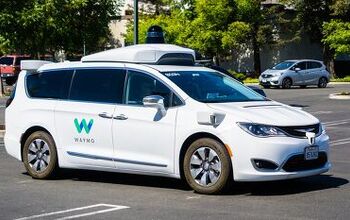
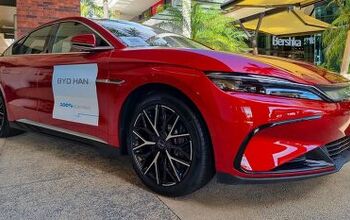
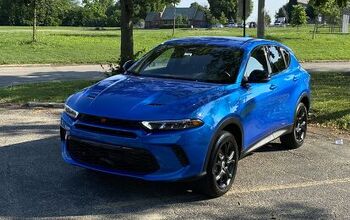
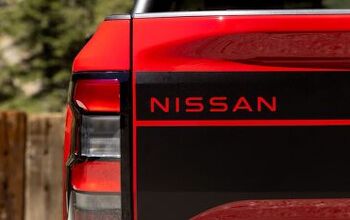
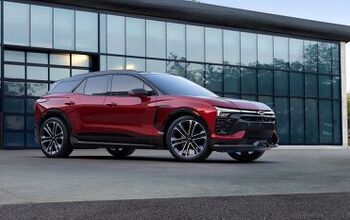
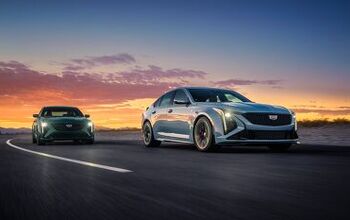
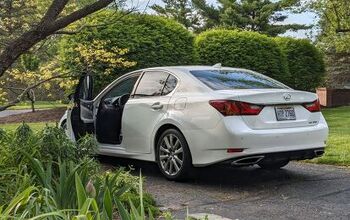
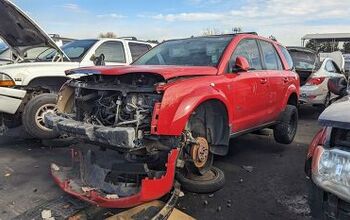

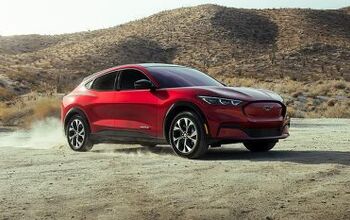
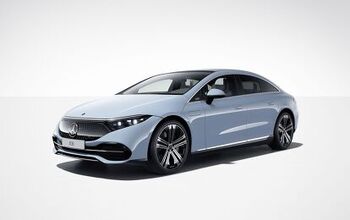
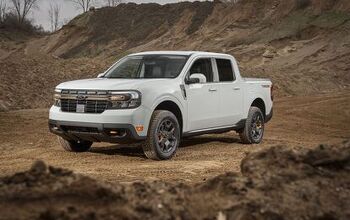
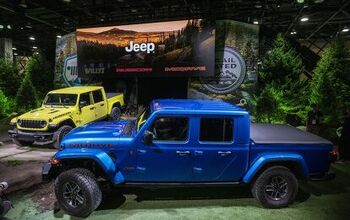


Comments
Join the conversation
I think salmon-panted boy would be better off with the pedal-powered Audi. Those glutes won’t attract either sex (any sex?).
Bash California for "income inequality", but it's where LOTS of people want to live. Why don't they love West Virginia - with the now-mega-booming??? coal industry, and no pollution laws?